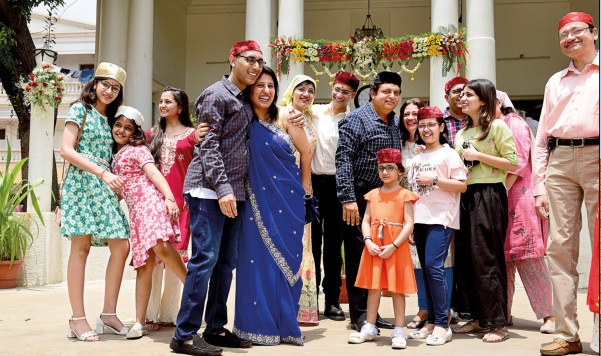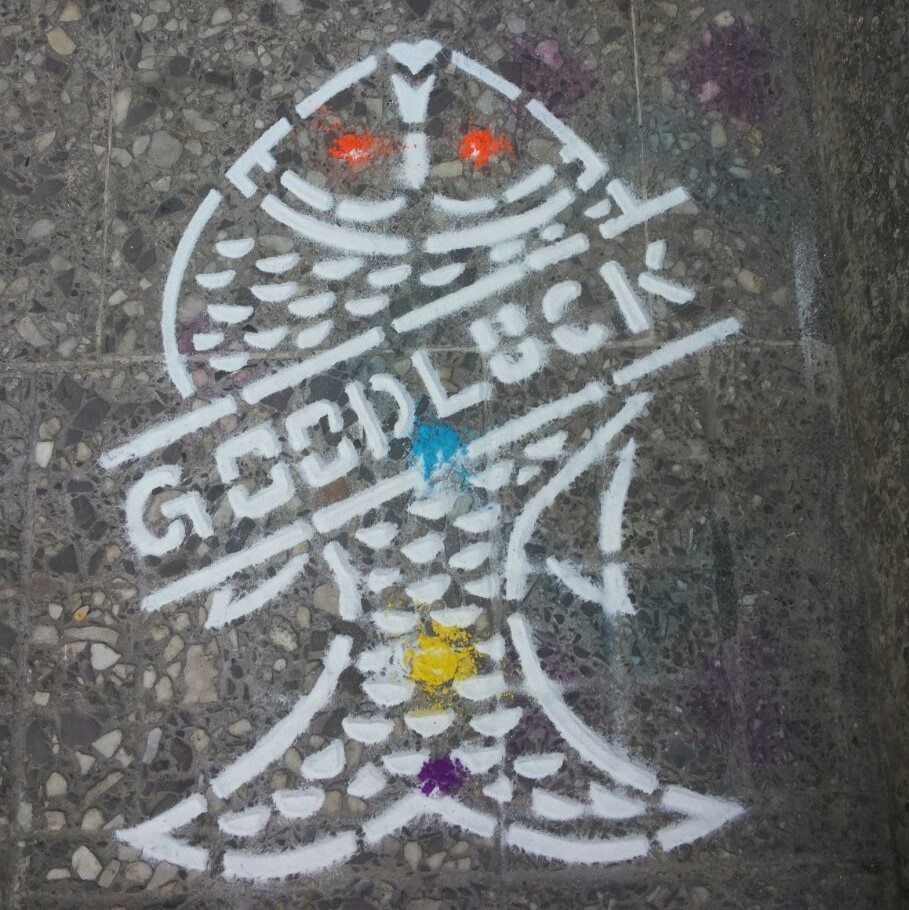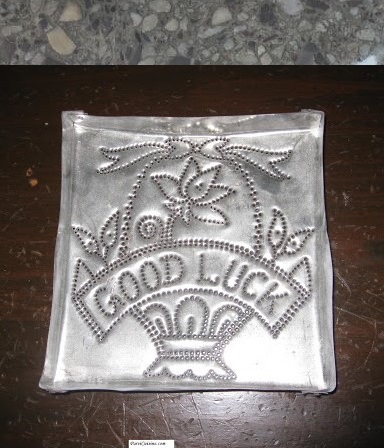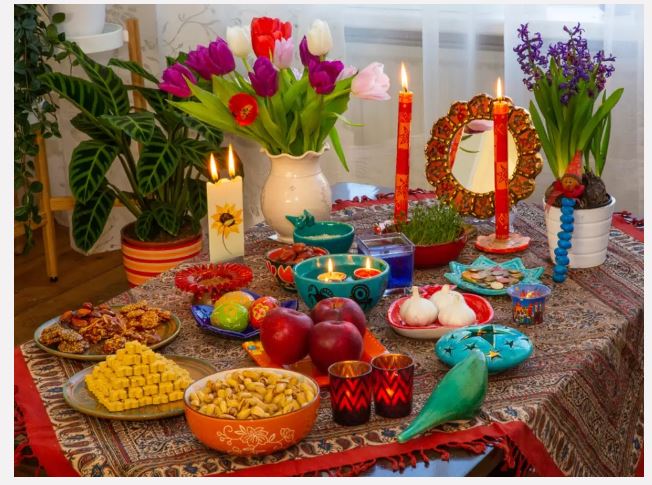Pateti - A traditional Parsi Festival

India is a land of many cultures and faiths. Our traditions and way of living are as varied as the community we belong to. One of the most well-known minority communities in the country are the Parsis who follow the 4000 year old ancient Zoroastrianism religion from Persia.
Zoroastrianism spread to the world via the Silk Route and influenced other religions such as Judaism and Christianity. It is a monotheistic religion established by the Prophet Zarathustra who was the contemporary of Cyrus the Great, back in 1200 BC.
The Parsis, came to India after the Arab conquest started. Historians believe that they sailed across the Arabian Sea to reach Gujarat sometime in 785 AD. The Parsis were given refuge under one condition, that they would not impose their religion upon others. Today, around 60,000 Parsis reside in the country.
The Parsis are a distinctive community in the country who are known for their distinct cuisine and way of life. Many of them such as Jamshedji Tata have contributed to building this nation.
This community is predominantly based in the western region specially in Maharashtra and Gujarat. One of the most well known of their festivals is Pateti, the Parsi New year, when they usher in the New Year, visit the Agiary and spend the day with family members.

In some ways, it seems similar to any other Indian New Year but there’s more to it
The Parsis don’t just believe in celebrating the new year and forget about the past. Rather they cherish the past and look back on the year that has passed and ask for repentance.
This generally occurs just before the New year or the last day of the previous year and usually encompasses 5 days of repentance which has now been reduced to one. The new year day which historically falls on spring equinox is now celebrated in mid-August every year and hence Pateti or Penitence also happens around that time. Based on the type of Parsi sect you belong to and the parsi calendar pateti either happens on Nowruz or on New year or a day before Nowroz. The Shahenshahi calendar used by the Parsis is itself known as Nowroz. Pateti comes from the persian word ‘Patet’ which means ‘confession’ or ‘repentance’
During this period households are decorated with red eyed fish designs made of chalk along with beautiful floral decorations of marigold, tuberose etc. Earlier they would burn sandalwood on this cleansing day but now they sprinkle sandalwood powder all over the house and light incense sticks.



A typical Pateti celebration is incomplete without the Patet prayer written in Persian language which goes as the following
“Az hamah gunah patet pashemanoom;
Az harvastin duzhmata, duzhhukhta, duzhhvreshta mem pa geti
Manid, oem goft, oem kard, oem jast, oem bun, bud ested;
Az an gunah manashni, gavashni, kunashni, tani ravani geti minoani,
okhe avakh pasheman pa se gavashni, pa patetoom.
Khshnaothra Ahurahe Mazdao taroidite angra mainyeush;
Haithya varshtanm hyat vasna fershotenem*
Staomi Ashem.
Ashem Vohu, vahishtem asti, ushta asti.
Ushta ahmai, hyat ashai,
Vahishtai ashem.”
Which means the following in English:
“From all my sins with contrition I turn back;
From every evil-thought, evil-word, evil-deed, I have in this existence
Thought, or said, or done, or has been, or will be;
From those sins I have thought, I have said, I have done, to body, soul, the corporeal, the spiritual,
I acknowledge, I turn back with three words, with repentance.
(To aid) Ahura Mazda's (God's) Dominion (and) the downfall of the destructive spirit;
The fulfilment of a (God's) Will to make the world anew.
I honour Asha, Ashem Vohu, vahishtem asti, ushta asti.
Everlasting peace comes to those (who choose) goodness for its own sake (without expectation of reward)
Vahishtai ashem.”
(Asha is the Law of God, goodness and righteousness, Ashem Vohu is the highest, it is everlasting peace, Ushta is everlasting peace and happiness, Vahishtai Ashem is the highest form of Asha)
On this day, every Parsi home prepares traditional delicacies like ravo and suterferni which are semolina and sev based sweet delicacies along with pulao dal or dhansak, patrani machi or fish wrapped in leaves, and meat delicacies like Sali Boti, a typical meat dish topped with finely chopped fried potatoes.

During Pateti they bid the ongoing year with memories and remembering and prepare themselves for Nowruz. So, in a way it is a festival of transition of life and giving time to pause and reflect on life. Some traditional households also follow the Muktad, that is, remembering the departed souls.
References
http://www.heritageinstitute.com/zoroastrianism/pateti/index.htm
https://en.wikipedia.org/wiki/Zoroastrian_festivals
https://en.wikipedia.org/wiki/Parsis
https://www.apnedeshkojano.com/stories/the-story-of-navroz/
https://www.britannica.com/topic/Parsi
https://genomebiology.biomedcentral.com/articles/10.1186/s13059-017-1244-9
https://www.history.com/topics/religion/zoroastrianism

